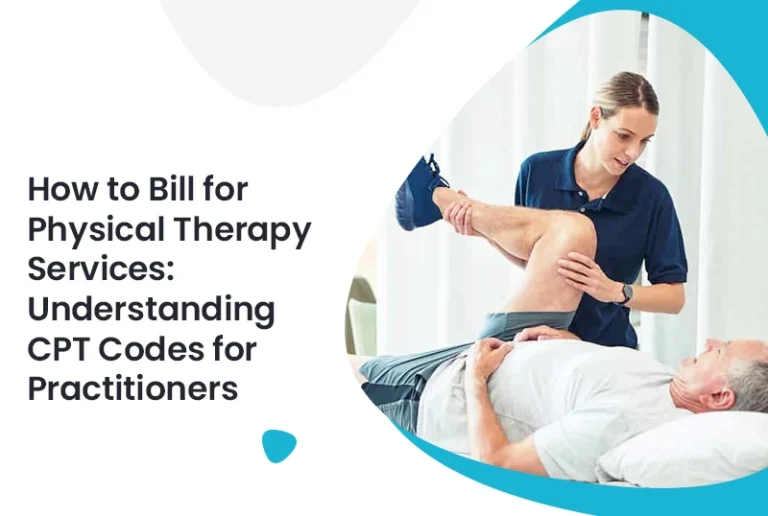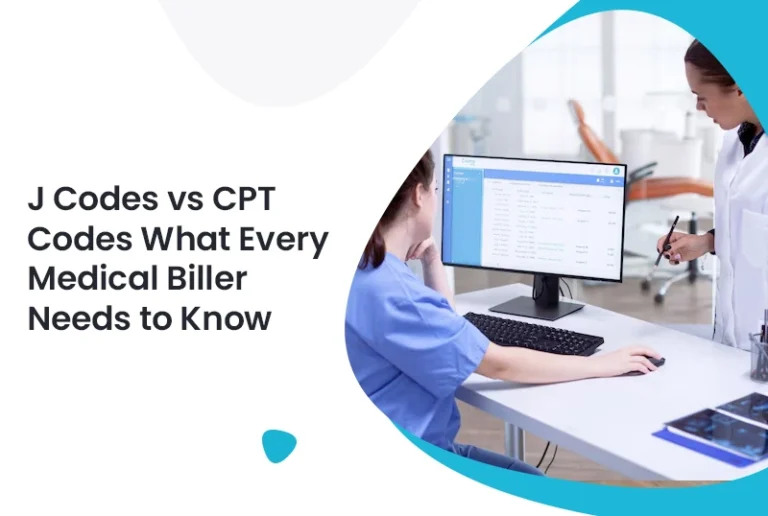Selecting the Healthcare Common Procedure Coding System (HCPCS) codes is important for accurate insurance claim submissions and getting paid. With a list of HSPCS codes, you can select the right code for processing claims and make sure that the reimbursement amount is granted with accurate claim submissions. However, this is easier said than done, as incorrect coding often results in improper payments that must be recoupled and lead to false claim actions. Therefore, all sellers of medical equipment, such as prosthetics, orthotics, and suppliers (DMEPOS), must correctly code claim submissions to minimize claim denials.
DME, including wheelchairs, is an important part of medical care. Discover the essential HCPCS codes and optimize your billing process to ensure timely reimbursements. Our complete guide covers all the HCPCS codes for wheelchairs and also discusses DME coding to cover the guidelines for CPT codes for wheelchairs. Let’s dive in and learn more about DME HCPCS codes used in medical coding services.
HCPCS Codes for Wheelchairs
The Healthcare Common Procedure Coding Systems, or simply HCPCS, uses a standardized set of codes for medical billing services (including Medicare and Medicaid). This system divides into two principal subsystems, levels I and II. HCPCS level I include the Current Procedural Terminology (CPT) numerical coding scheme, which primarily covers medical treatments, dental services, and procedures provided by physicians and other healthcare provider. At the same time, the primary objective of the HCPCS Level II is to identify products, suppliers, and services that do not fall under CPT codes of billing. Medicare and other insurance companies pay for treatments, supplies, and equipment not covered by CPT codes, including ambulance services and DMEPOS like wheelchairs, which patients use outside a physician’s office.
You can use the E1130-E1161 code set to process healthcare claims, which are used by Medicare and other health insurance companies to reimburse you.
Description of HCPCS Codes for Wheelchairs
Here is the range of HCPCS codes for wheelchairs: E1130-E1161.
| HCPCS Code | Description |
| E1130 | A standard wheelchair with fixed or swing-away detachable footrests, fixed full-length arms |
| E1140 | Wheelchair, desk or full length, detachable arms, swing away detachable footrests |
| E1150 | Wheelchair, desk, or full-length swing away detachable elevating leg rests, detachable arms |
| E1160 | Wheelchair, swing away detachable elevating leg rests, fixed full-length arms |
| E1161 | Manual adult-size wheelchair includes tilt in space |
Health insurance companies, including Medicare, require standardized codes for wheelchairs, components, and accessories. This set of HCPCS codes for wheelchairs ranges from K0001 to K0195 for timely reimbursement for medical treatments. You can check out some of the codes below:
| HCPCS Code | Description |
| K0001 | Standard wheelchair |
| K0002 | Standard Hemi (low seat) wheelchair |
| K0003 | Lightweight wheelchair |
| K0004 | High-strength, lightweight wheelchair |
| K0005 | Ultralightweight wheelchair |
DME Coding and Modifiers
When it comes to medical billing for DME, every DME coder must use the correct HCPCS codes and modifiers. This provides additional information about the device, and insurance companies can easily accept insurance claims if the medical coder knows how to utilize modifiers and submit accurate claims correctly.
The common modifiers used in DME coding with HCPCS codes for wheelchairs are:
- RR represents renting equipment
- UE means buying used equipment
- NU represents the purchase of new equipment
While you can use HCPCS codes for wheelchairs, they require additional modifiers to indicate DME. These modifiers provide extra information indicating if an item is new or rented. You can determine capped rentals billing month with modifiers.
Claim denials could increase if you incorrectly applied a modifier, leading to rejections by insurance companies. However, you can expedite the claim process by correcting modifier codes and providing proof of the first month’s rent and billing.
CPT Code for Wheelchair
While HCPCS codes are important for billing wheelchair equipment, you cannot ignore the equally important CPT code that describes the evaluation and training process.
CPT 97542
CPT 97542 describes the procedure for evaluating whether a patient requires a wheelchair. The evaluation may include the patient’s strength, location, weight, skin health, and other similar factors.
1. Complete Evaluation
This code covers all the required assessments of a patient’s needs to determine whether a wheelchair is necessary. To evaluate and determine a patient’s eligibility you can consider factors such as strength, location, weight, skin health, and more.
2. Personalized Fitting
Once the requirements are evaluated and eligibility is confirmed, accurate measurements are taken to ensure the wheelchair fits the patient.
3. Complete Training
The training process includes instructions on adjusting and operating the wheelchairs and evaluating the patient’s abilities to access mobility skills.
4. Efficient Timeframes
Evaluations and fittings usually take one or two sessions to complete, and additional sessions are only provided if medically necessary.
5. Functional Training
CPT 97542 also covers training patients to perform functional tasks that enhance safety and mobility.
6. Specialized Care
Patients using wheelchair can require positioning assistance from a qualified specialist to prevent pressure sores, contractures, and other health issues.
7. Reimbursement Considerations
Reimbursement for wheelchair coding includes all labor costs associated with assembly. It may also cover support services such as emergency services, delivery, setup, and training.
Medical Necessity and CPT Code for Wheelchair
A licensed therapist determines if CPT 97542 is medically necessary when the therapy starts. They personalize it to the specific patient’s needs and include it as part of a complete treatment plan.
While the patient must be able to follow instructions to benefit from CPT 97542 truly, it is advisable to take at least 3-4 sessions to master wheelchair skills. However, this does not mean additional sessions cannot be taken, as more sessions can be provided based on the patient’s needs and progress.
Conclusion
Using the correct HCPCS code can significantly improve accurate claim processing. However, incorrect coding can lead to delayed payments, denials, and fraudulent claim actions. As a result, every DMEPOS vendor must take the necessary steps to ensure that claims are correctly coded. While wheelchairs and other DMEs play an important role in medical treatment, sufficient knowledge of HCPCS codes for wheelchairs helps in timely payments and improves patient experience.
Precision Hub: Your Trusted Partner
Precision Hub specializes in simplifying the medical coding process with expert medical coding services, ensuring accurate coding and timely reimbursements. Medical billing codes for wheelchairs, such as HCPCS and CPT, can be challenging to remember and time-consuming, especially for small physical therapy practices. We help small practices grow by handling the coding process correctly.
Ready To Optimize Your Claim Submission Process?
Contact Precision Hub today to learn how our expert medical billing services can optimize your operations and improve your practice’s revenue.







